We may receive a commission on purchases made from links.
Someone is always trying to sell you a kitchen gadget. In the old days, there was QVC and Billy Mays selling stuff on late night cable. Today, we have celebrity chefs anywhere from YouTube to Food Network with their own lines of cookware. One question that will never get asked by advertising, though, is: Do you really need this newfangled stuff? Homo sapiens have been around for 1.8 million years, and most of that history was spent without air fryers or Instant Pots, and there are plenty of kitchen tools that professional chefs never actually use. With retro kitchen utensils coming back into vogue, there seems to be a sense that simpler is better. Maybe there was some wisdom to our grandparents’ and great-grandparents’ methods.
Today, we want to find out what tools celebrity chefs actually swear by, rather than what they’re trying to sell us. When the stove gets hot and the orders pile up, what do the pros rely on? A spokesperson will say anything for a check. Ask a chef about real cooking, though, and they’ll be honor-bound to help you move through the kitchen more easily. Here are some old-school tools that celebrity chefs swear by.
1. Anthony Bourdain: Offset serrated knife
If you read Anthony Bourdain’s star-making memoir, “Kitchen Confidential,” you’ll learn how much the man loved knives. In it, he waxes poetic about a chef’s knife, but his bit about offset serrated knives is also worth some attention. The tool works wonders for classic serrated knife needs like bread and thick-skinned tomatoes, but if you ask Bourdain, that’s not all. Having the handle not be flush with the blade allows for ease of use with vegetables, meat, and fish. At the time that the memoir was being written, Bourdain was still executive chef at Les Halles, and he claimed that his sous chef almost exclusively used an F. Dick offset serrated knife.
Martha Stewart interviewed Bourdain and his friend, Eric Ripert, on her SiriusXM show. When she asked the two what kitchen tools they found indispensable, Bourdain immediately shouted out the L-shaped, offset serrated knife. He called it “life-changing” — pretty high praise from someone who had such a raucous life. These knives can be professionally sharpened, will last for years, and are inexpensive to replace.
2. Andrew Zimmern: Mortar and pestle
A lot of electric-powered inventions can grind up cooking ingredients. For Andrew Zimmern’s money, though, the best tool is not a food processor, or a blender, or a coffee grinder. All Zimmern needs is a humble mortar and pestle. The simple combination of instruments crushes ingredients, releasing oils rather than simply pulverizing everything. Would you rather smell something that has been mashed up, or something that has had its essential oils expressed? The answer’s pretty intuitive, right? Another modern gadget that purports to do what a mortar and pestle does is a food processor. The problem with a food processor is that it also heats the ingredients, which can affect flavor. If you ever find yourself making chimichurri for Andrew Zimmern, be sure to do it the old-fashioned way.
A mortar and pestle is used in cuisines all over the world, which is something the traveling TV host surely appreciates. In Iran, people use it to grind saffron. In Mexico, they make salsa. In India, chutney. In Italy, pesto. On and on. In your own kitchen, a mortar and pestle is the best tool for homemade peanut butter. The reason the mortar and pestle is used almost everywhere on Earth is that this is a very old tool. Its design is essentially the same as what people would have used as far back as 1550 B.C., recorded by the Ancient Egyptians.
3. Giada De Laurentiis: Wooden spoon
You can’t put wooden spoons in the dishwasher, so why would you want to work with them? We’re joking, of course, but material matters with utensils. It’s interesting to see why a chef prefers one material over another. For Giada De Laurentiis, the biggest positive of wooden spoons is versatility. She specifically calls out wooden spoons as great for risottos, but also points to their utility as salad tossers. There are all sorts of advantages to wooden spoons, such as the fact that they don’t get hot while sitting on or next to the oven and are non-reactive to food. Not reacting to food is a big deal — who wants chemicals leaching from plastic cookware into their pan sauce? Silicone is perfectly safe at temperatures lower than 450 degrees Fahrenheit, but if you’re unsure? Be old-school, be safe, be like Giada: Reach for a wooden spoon.
Wooden cookware also has an old-timey feel. Of all the utensils out there, is there any one more associated with grandma’s cooking than a wooden spoon? Whether or not your grandma was a good cook, we bet you can picture her bent over the stove with a wooden spoon, stirring. Giada is giving you permission to access your inner grandma next time you’re making Bolognese.
4. Andrew Rea: Pepper grinder
Perhaps better known as “Wait, his name isn’t Babish?” from the YouTube channel Babish Culinary Universe (formerly “Binging With Babish”), Andrew Rea is the real deal. You can watch his progression from decent home cook to culinary universe master over the course of years of YouTube videos, and his cookbooks solidify his place at the elite cooks’ table. One old-school tool Rea advocates for is a pepper grinder. Freshly ground pepper tastes brighter and more peppery than the stuff that comes out of a table shaker. The difference isn’t even all that subtle. You can taste the freshness palpably in every bite you get with pepper. Not to mention the fact that grinding fresh peppercorns allows you more control over the size of the grind. Some dishes call for finer grinds, others call for big, coarse chunks of pepper.
Rea also encourages viewers to toast and grind their own spices with a designated coffee grinder, at one point claiming that he emerged a changed man after smelling some freshly toasted curry powder. Keeping a pepper grinder in your kitchen, as opposed to store-bought ground pepper, is the first step to spice nirvana. Once you start paying attention to differences in quality in a basic spice like pepper, your palate levels up. So treat yourself to a good pepper grinder, if you don’t already have one.
5. Antonia Lofaso: Tongs
Who better to know the difference between helpful and unhelpful utensils than a judge on “Cutthroat Kitchen?” Not only does she have actual, real-world restaurant experience, but thanks to that show, Chef Antonia Lofaso has seen her share of kitchen mishaps resulting from shoddy equipment. Tongs are definitely a kitchen essential, but to hear Chef Lofaso tell it, these things are magic, almost an extension of her arm. She claims that in the first kitchen she ever worked, cooks would fight over tongs. Quality tongs — sturdy ones that stay open when you want them to and clamp tightly when you’re using them — definitely seem like they can make or break a shift, depending on what station you’re working at.
For Lofaso, tongs are a universal tool for flipping, but can also be used for butter basting, and this useful tidbit gives us the opportunity to remind you that you should serve steaks using tongs. Definitely butter-baste your steaks and similarly thick cuts, like pork chops. Using tongs for this task means you can use a single utensil for flipping, basting, and serving. Tongs can flip and move meat without you needing to worry about poking or scraping. If you’ve been using big forks to transfer your meat from the cooking surface to the plate? You’re poking out a lot of juices well before taking your first bite. Chef Lofaso would be disappointed. Make her proud, and clack some tongs together.
6. Alton Brown: A brick
The Bill Nye of television cooking is famous for his disdain of “unitaskers,” or kitchen gadgets with only one use. So what does Alton Brown need in his kitchen? Well, it’s certainly old school, but the first word that comes to mind might be unconventional. Alton Brown swears by keeping a brick in the kitchen. He says that the epiphany hit when he spent $50 on a fancy Italian meat tenderizer, only to realize that a brick can do the same work. He’s also used bricks to weigh down salmon as it cures before smoking and to help cook gyro meat. Brown likes to think of certain tools as “base tools” — if a task can be done with a certain object, then you don’t need another tool.
Leave it to the host of “Cutthroat Kitchen” to find kitchen uses for such a mundane-seeming item. On this cooking competition show, which Brown hosted from 2013-2017, players could sabotage each other by taking away utensils or forcing people to cook with silly utensils. Sometimes, Brown would provide quick asides, turning the camera and addressing the audience directly. He’d offer advice about how he would cook if faced with various sabotages, bringing a little education to the mayhem. Brown is a creative and inventive thinker, so it’s not at all surprising to learn that he cooks with bricks.
7. Padma Lakshmi: Idukki
One of the most iconic pieces of cookware in Asia is the wok — or, as it’s called in Southeast Asia, the kadai. These vessels are used to make delicious things like Indian stir fry. Kadais are massive, and they hold heat really well. So how do you move one? Ask Padma Lakshmi, and she’ll point you to an idukki. It might be easiest to describe this tool as a big clamp. Idukkis are used to move kadais from one burner to another. No oven mitts needed here. It’s something millions of people in Southeast Asia have in their homes, yet we North Americans have to learn about it from a TV chef. Funny how the world works, isn’t it?
Idukkis are practical and functional, but those two adjectives do not preclude stylishness. According to Lakshmi, there’s a certain elegance in being able to move a big, hot cooking vessel with one hand. Who doesn’t want to look cool when they’re cooking? Wow your friends by whipping up some Indian stir fry, and impress them even further with your moves in the kitchen.
8. Martha Stewart: Antique crocks
You’d expect someone like Martha Stewart to have elegant taste in kitchen decor. Elegant taste is nothing, however, without cleanliness and organization. Not only do antique crocks look cool, but they’re great organizers. Toss your spatulas, tongs, and wooden spoons in one of these, keep it near the oven, and boom! No more rifling through drawers when it’s tilapia night and you can’t find the fish spatula. Stewart also points to their durability and the relative ease of cleaning as further good reasons to have some antique crocks on hand.
Martha Stewart is wealthy in ways the rest of us can only dream about, but that doesn’t mean the media maven doesn’t bother to seek out a good deal. Martha Stewart advises people to pick these up cheaply at garage sales. Not only does shopping garage sales make good financial sense, and not only is it a great way to reuse an item that would otherwise be trashed, but garage sales often have the coolest stuff. If shopping secondhand is good enough for Martha Stewart, it’s good enough for us, too.
9. Julia Child: Copper cookware
If you’re ever tempted to drop half a paycheck on some fancy new gadget, it’s sometimes worth asking yourself: Would Julia need this? Or maybe a better question is simply what would Julia use? The original greatest TV chef never had an Instant Pot, after all. Well, you might have been able to guess from the set decoration on her show, but Julia Child swore by copper cookware. She absolutely loved the things, on account of copper being a far superior heat conductor than alternatives. That is, if you know what cookware to look for and how to care for it.
Child said that a truly great copper piece must be at least ⅛ inch thick with a heavy iron handle, and the piece takes a little elbow grease to maintain. The extra work is worth it for a few reasons, but one thing about copper cookware is that it’s gorgeous. Julia’s husband, Paul, designed a pegboard to better display and organize the dozens of pots and pans in their home kitchen, which has even been featured in Smithsonian exhibits. Copper is beautiful, and can be a vessel for beautiful food.
10. Thomas Keller: Universal lid
Michael Jordan, widely considered to be the greatest basketball player of all time, has six NBA championship rings, but Thomas Keller, the man behind some of the most legendary fine dining establishments of all time, has been awarded seven Michelin stars. That’s a voice you want to listen to for cooking tips, and it’s fitting that Keller has a MasterClass course. In supplemental material published for his course, Keller calls a lid that works for all of your cookware a must-have. Universal lids help keep your kitchen inventory uncomplicated, and function as old-school clutter reducers.
French cooks have used universal lids for generations, and the tool can help simplify things in the kitchen. No more rifling around cabinets and cupboards to find the exact lid to match a pan that you’ve already dirtied. Simply use the one lid to cover them all. Keller also recommends that your universal lid have a hook, so that it can be hung up. Hanging kitchen supplies is a next-level organizing tip, and is a great way to have everything you could possibly need handy and reachable when the time arises.

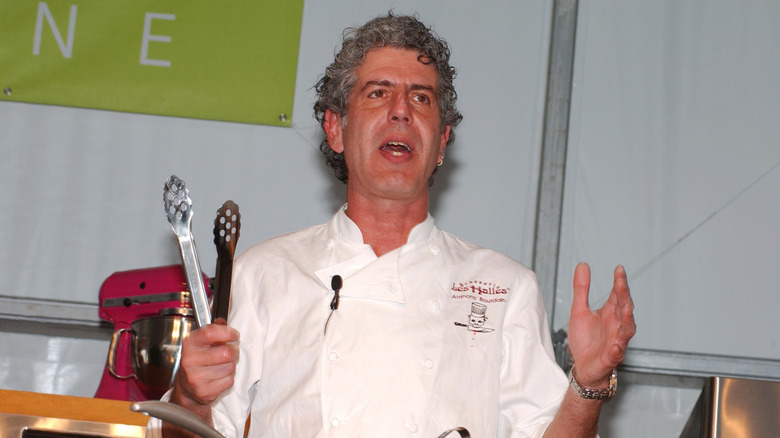 Gustavo Caballero/Getty Images
Gustavo Caballero/Getty Images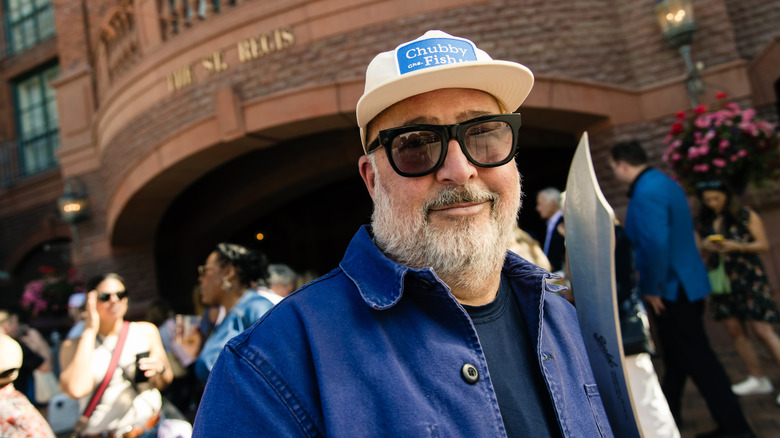 Greg Doherty/Getty Images
Greg Doherty/Getty Images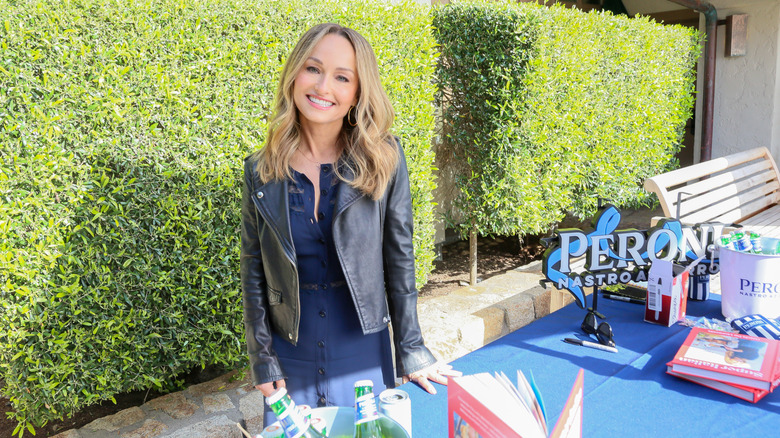 Amber De Vos/Getty Images
Amber De Vos/Getty Images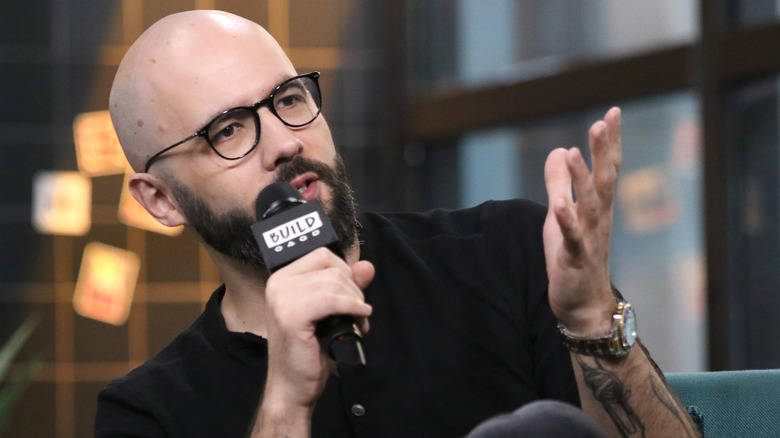 Jim Spellman/Getty Images
Jim Spellman/Getty Images Dave Kotinsky/Getty Images
Dave Kotinsky/Getty Images Dana Jacobs/Getty Images
Dana Jacobs/Getty Images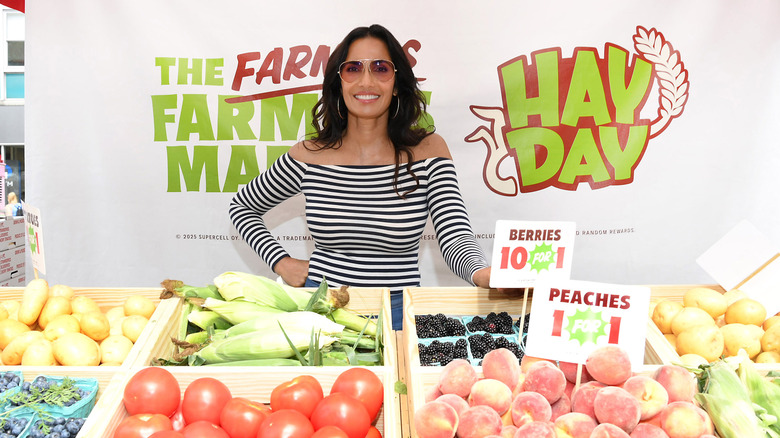 Michael Simon/Getty Images
Michael Simon/Getty Images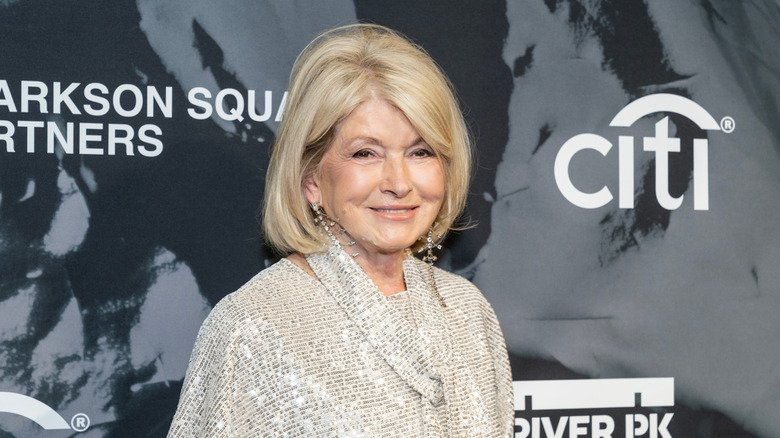 lev radin/Shutterstock
lev radin/Shutterstock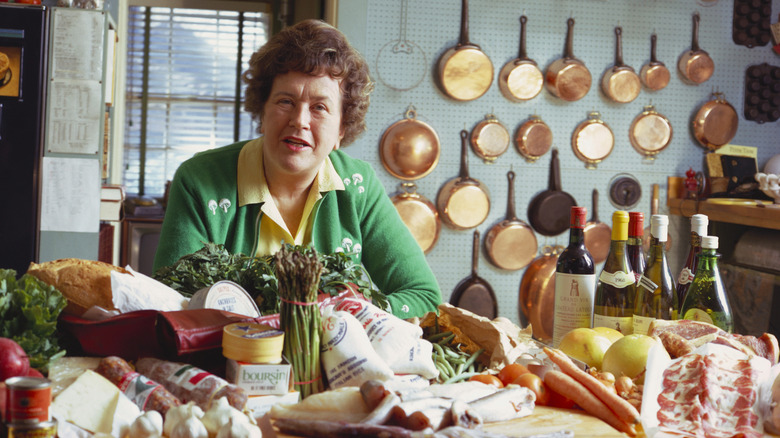 Photo Researchers/Getty Images
Photo Researchers/Getty Images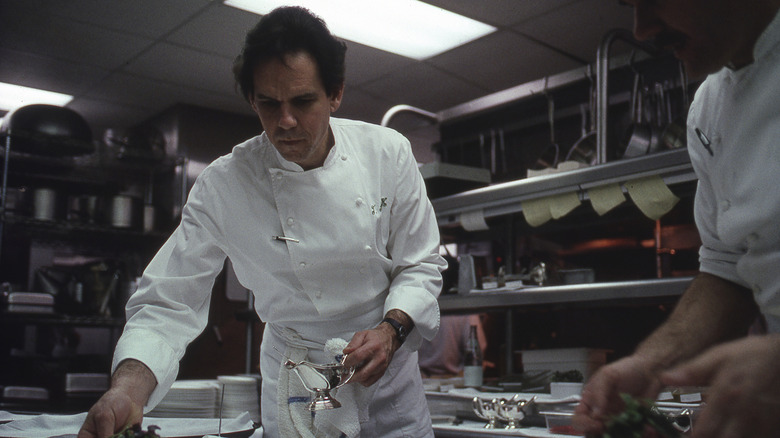 Nik Wheeler/Getty Images
Nik Wheeler/Getty Images